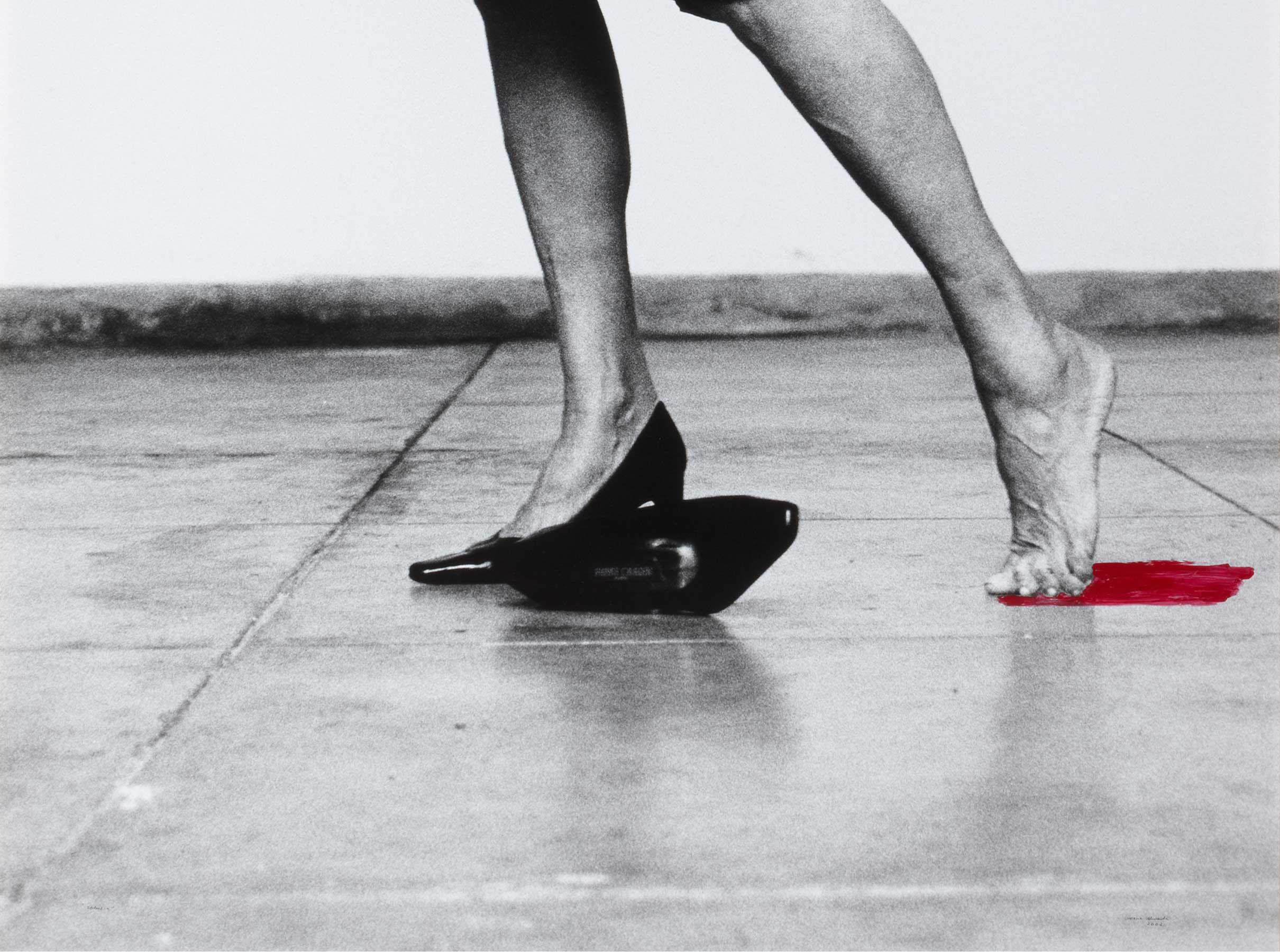José Calvo Sotelo
- 1936
- Oil on canvas
- 130 x 110 cm
- Cat. P_242
- Comissioned from the artist in 1939
This portrait of the famous political orator, whose assassination in 1936 ignited the Spanish Civil War, is very characteristic of Fernando Álvarez de Sotomayor’s work. The artist was closely linked to the conservative movements of which the sitter, José Calvo Sotelo, was the very embodiment. Álvarez de Sotomayor was the first director of the Prado under Franco. He remained in that post until 1960 and had already held it prior to the advent of the Second Republic. The painting was certainly a commission related to Calvo Sotelo’s position as an advisor to the Banco de España. The commission was most likely after his death, in tribute to one of the first prominent victims on the right in the days leading up to the uprising. The portrait is a fine example of Sotomayor’s flowing brushstrokes and his easy elegance, which tends to emulate the English style of portrait painting. Most notably, there is a clock, a traditional object of Spanish painting in portraits of monarchs and prelates, particularly since the Baroque, on the politician’s desk along with the usual familiar books to accredit the sitter’s devotion to study and work.
Lawyer for the Banco de España 1923
Lawyer for the Banco de España 1932 - 1934
José Calvo Sotelo’s first posting as a state lawyer was in Toledo. In 1923 he obtained a tenured post in the Legal Department at the Banco de España, which is why his portrait was commissioned from painter Fernando Álvarez de Sotomayor. In December of that same year he asked for unpaid leave and returned to the Bank in 1932, where he would remain until December 1934. His political career began in the Maurist Youth Movement in 1914, after he attended the ‘Maurist hotbed’ lectures at the Athenaeum in Madrid. He was elected to parliament in 1919.
Calvo Sotelo was the General Director for Local Administration during Primo de Rivera’s dictatorship and his administrative reform was embodied in the Municipal Statute (1923) and the Provincial Statute (1925). He was appointed Finance Minister in 1925. The depreciation of the peseta that began in 1928 led to his resignation in January 1930. In 1927, the state oil monopoly was established during his time in office. When he resigned, he opened a law firm but did not turn his back on politics. He founded the National Monarchist Union and launched a manifesto that was received with great hostility.The party disappeared when the Republic was proclaimed and Calvo Sotelo fled into exile in Lisbon and then France. After the 1934 amnesty, he took up his seat in Parliament again in the second biennium of the Second Republic, when the centre-right Radical Republic Party and the Catholic right CEDA party were in power. Calvo Sotelo excelled as the leader of the anti-regime monarchist right in Parliament at that time.On 13 July 1936, he was seized and assassinated in retaliation for the killing of José Castillo, a lieutenant in the Spanish Police Assault Guard. The uproar following Calvo Sotelo’s assassination pushed those wavering in the military to join the conspiracy of Mola, Franco and Varela.
Other works by Fernando Álvarez de Sotomayor

